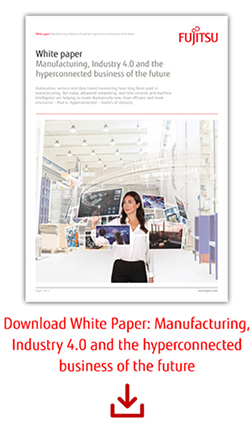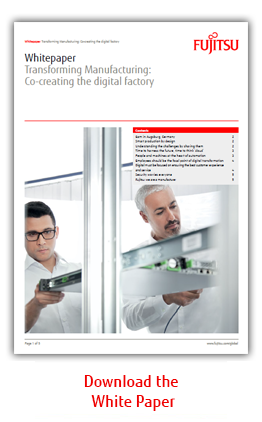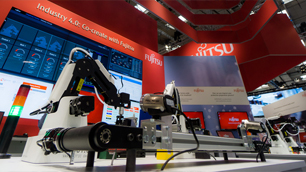Co-creating the digital factory
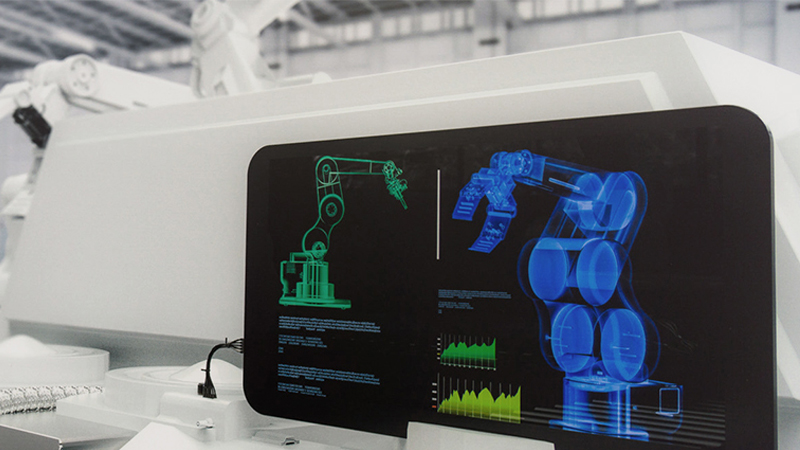
The Fourth Industrial Revolution – Industry 4.0 - is driving manufacturing into the future
In 2011, at the Hanover Fair, the term ‘Industry 4.0’ was used publicly for the first time. It has quickly become a synonym for the Fourth Industrial Revolution, with the Internet of Things (IoT) as its enabling technology. Industry 4.0 is about the de-centralized control of production processes enabled by cyber-physical-systems, a tight and finely-grained integration of horizontal and vertical value chains, as well as new smart services.
Then in 2016, the World Economic Forum published their definitive view on what Industry 4.0 is, and how it will change almost every aspect of our economic and social life. It outlined a vision of a ‘hyperconnected’ world and the possibility that billions of people and things will be connected.
The transformation that’s happening across manufacturing represents not just another stage of the Third Industrial Revolution, but an entirely new and distinct one. The Fourth Industrial revolution will have an impact on velocity, scope, and systems. And, unlike the previous revolutions, it is evolving at an exponential rate, and disrupting almost every industry in every country. The breadth and depth of these changes herald the transformation of entire systems of production, management, and governance.
Fujitsu is leading the way
Manufacturing is at the cutting edge of that new world, and so is Fujitsu. According to leading analysts, manufacturing has the highest share in terms of spending on IoT. The same applies for Artificial Intelligence (AI) which will see an eight-fold increase from 2017 to 2021, while in 2018 investment in Fast IT (IoT, AI, Cloud etc.) will surpass the spending on Classical IT and will be three times as high by 2021.
Fujitsu has taken the lead in linking the idea of hyper connectivity to business. Our concept of The Hyperconnected Business is unique. We co-create it with you, on your terms, and to achieve your specific objectives.
Open the data pipeline: Create new ways to make and sell things
See more, see it faster, and be able to act decisively and creatively, and you can get closer to customers, focus on their evolving needs, and create lasting relationships that deliver value over the long term.What you make is important, but how you make it work for your customers is now far more important in a hyperconnected world. You need to think about provisioning enhanced or entirely new services and offerings. And that takes data. You need to be able to capture, analyze and act on it swiftly. That means the customer gets the outcome they expect, and you get to share in their success which is based on your excellent engineering and production.
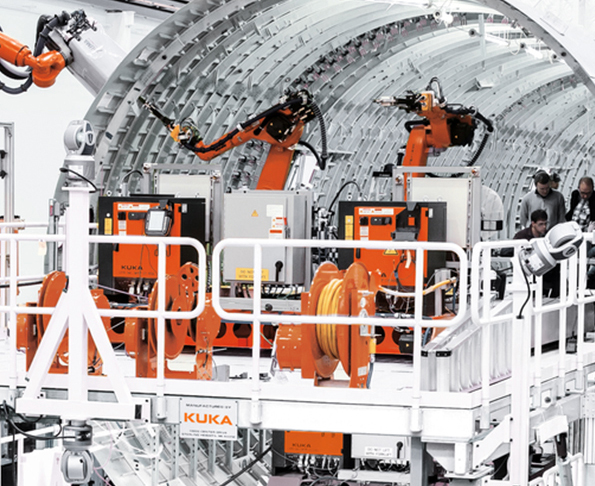

IoT is the foundation of the hyperconnected manufacturer
As our global CTO and CIO (Tango Matsumoto) said not so long ago, “The hyperconnected world is driven by the next generation of the Internet – the Internet of Things.” IoT’s potential is huge. No one disputes that. The point is to make the most of that potential now.IoT is the foundation of a hyperconnected business. It creates seamless flows inside and outside your organization, so you can see what’s happening and guide your business in the direction you desire it to go. You can also react with greater agility to trends, internal and external, so you’re always ahead of the curve. And IoT is even more powerful when combined with other key technologies.
Top Opportunities and Challenges
Download our white paper and explore the top challenges and solutions Industry 4.0 brings to manufacturing.
The key-topics covered by this white paper are:
- Smart production by design
- People and machines at the heart of automation
- Employees should be the focal point of digital transformation
- Ensuring the best customer experience and service
- Awareness and approach to cyber security in manufacturing
Real Time Tracking in Manufacturing
Making decisions requires visibility
Where are the points of value in your manufacturing processes and supply chain? Are they in the right place? Do they work? We believe you won’t know until you have visibility.
By getting a better grip on this sort of information, just think about the improvements you could make to your manufacturing processes: better quality output, faster production, and lower costs.
Watch the video to learn more about real time tracking in manufacturing. Speaker: Tim Moody Head of Globeranger Product Management & Pre-Sales Fujitsu. Read this blog to find out more about how visibility at the edge is mandatory in an Industry
Contact us
Learn how to take the first step, or next, toward Industry 4.0.
Our experts will be pleased to help you.

